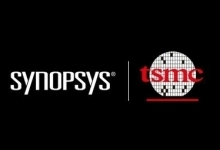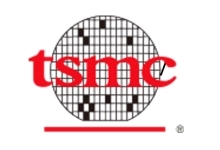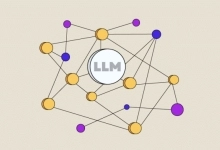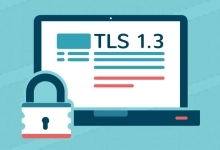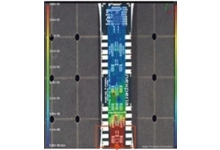You must be registered with the D&R website to view the full search results, including:
- Complete datasheets for soc system manager products
- Contact information for soc system manager Suppliers
Soc system manager IP Listing
| 14 IP Cores |
IP Provider: Give the best exposure to your IPs,
by listing your products for free
in the world's largest Silicon IP catalog (6 500 products from more than
400 companies)

